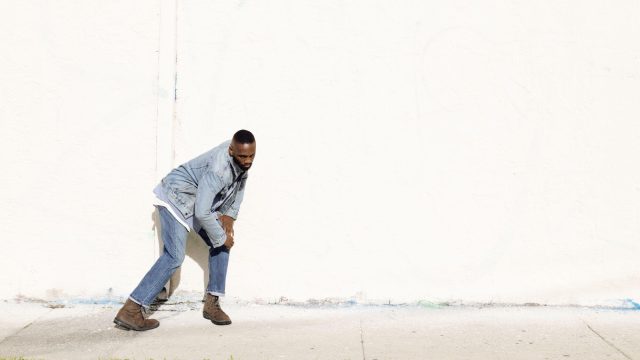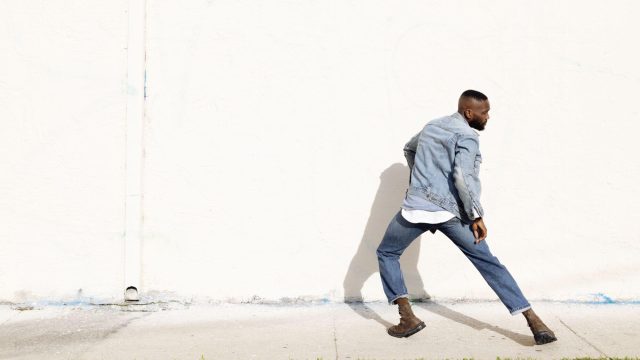What does the title Extant mean to you?
Jermaine Maurice Spivey: Extant literally means existing, still in existence, but also essential or present. For me, the term really touches on the themes motivating the performance. Together with the artistic team and the dancers of OBV, I want to investigate what has permission to exist on an opera house stage. What is considered appropriate or inappropriate in the arts, music and dance for these kinds of venues? A second related theme is appropriation. In art-based practice, when we apply elements from another context or even another culture, what is the boundary between borrowing, referring to, inspired by and appropriation? We will work with these research questions in the coming period in both musical and choreographic work sessions involving composed improvisations. The movements of the dancers, the sounds for the musical score, the fabrics for the costumes: all the elements do already exist in one way or another. I hope through the creation of this work that we can elevate them, subvert them, magnify them and put them in a particular context to demonstrate a unique perspective.


